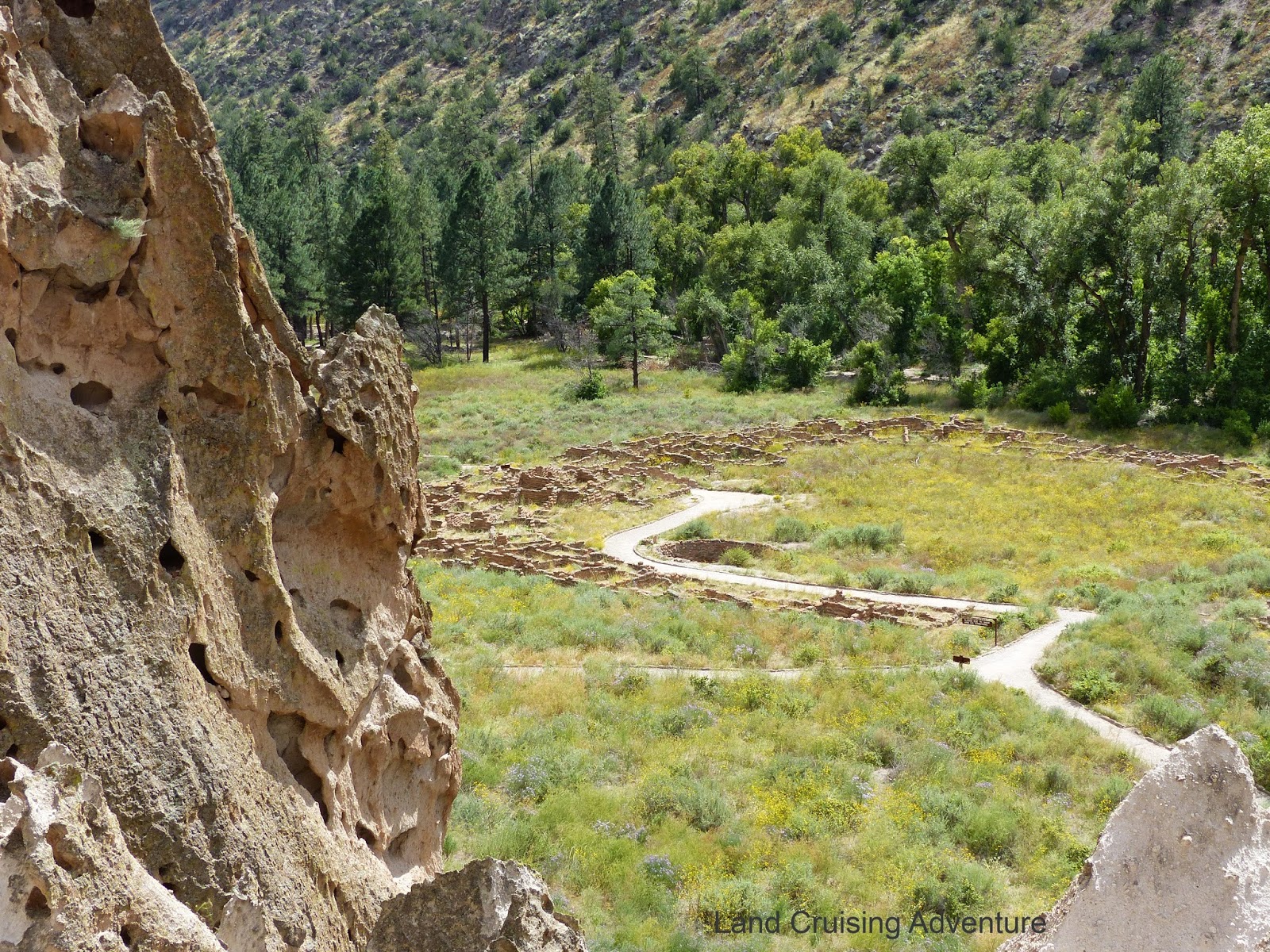Weekends are for balloon launching for tourists at the Red Rock Park in Gallup, New Mexico. I checked with the balloon launching
people the day before to be sure what time they’d be taking off, I didn’t want
to miss the fun. They told me they’d be
there at 7 AM and launching at 7:30, at sunrise. I got up at 6 AM to be sure I was awake
enough and had breakfast before I left.
It’s still dark out there at 6 AM, and cold in the high desert.
I got up and out at 7 AM so that I
could see them set up the balloons. They
probably started preparing about a half hour after that. There were four balloons going up and most of
them laid out a giant tarp so they could spread out the balloon. Since the propane flame throwers (for lack of
a more specialized term) are mounted on the basket, the basket was laid down
and people held up the edges of the balloon so that the hot air could be blown
into the balloon’s interior with a fan.
When the balloon was full of hot air, it started to rise up from the
tarp and the basket was placed in the upright position.
 |
|
Shortly after that, the pilot got in
and made his last-minute checks and got his passengers in. When everything was situated, he told the
ground crew to detach the tether to the balloon. With a few more quick blasts of more hot air,
the balloon began to slowly rise. As
they gained altitude, the pilot kept adding more hot air as they drifted up and
over the nearby hill.
There were four balloons launched
that day, one after another, just drifting away on the air currents. The previous day, I had hiked a trail in the
direction they were headed and I know that the scenery they would be seeing was
spectacular.
The flights last anywhere from an
hour to an hour and a half. When they
land, they notify their ground crew where they are so they can be met with the
truck and the passengers get ferried back to the starting point. Looks like a fun time, but way over my
budget. I had checked the prices when I
was in Florida and it’s about half the cost there. Still, it was a fun morning watching the
liftoff.
This is inside the balloon as it was being inflated.

















































